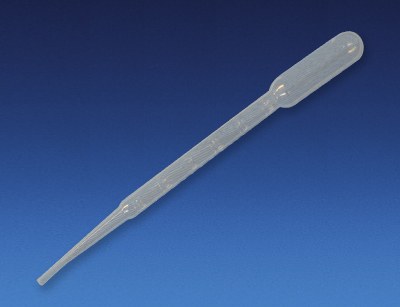The pipette is a chemical tool designed by Louis Pasteur, normally called a dropper. It is widely used in laboratory and its main function is to carry accurate amounts of liquid material.
Pipettes have rules or scales that help you know how much liquid need to absorb in it.These instruments help to pass liquid from one container to another. It is very important when conducting experiments. It allows the transfer of a volume generally no larger than 20 ml from one container to another.
Pipette Management
- The liquid is sucked through a slight vacuum using bulb suction or propipeta.
- Make sure there are no bubbles or foam in the liquid.
- Clean the tip of the pipette before passing the liquid
- Fill the pipette over the graduation mark and move the desired volume. the edge of the meniscus should be on the graduation mark.
Pipette Right Use of Methodology In Lab.
• Enter the container from which you want to extract a certain volume from the sample pipette (with the pointed end down).
• The propipeta or an adept at the free end is placed and is made to raise the liquid above the upper capacity.
• Quickly graduating with the propipeta or removing the adept, placing the finger obstructing the tip, to avoid its fall.
• Reduces the pressure exerted by the finger until the liquid starts to come down and slowly softens. You turn to press when the meniscus of the liquid has reached 0. If the liquid has gone down a lot, it starts again.
• Pipette is moved to the destination container.
• It again reduced the finger pressure until the required amount of milliliters is reached.
• In the case of the graduated pipette, empty it completely, completely withdraw your finger and fall; drop of the last drops should not be forced, but that these should be at the sharp end of the pipette.
• In graduated pipette you can measure different volumes of liquid as it carries a graduated scale.
Electronic Pipette
They are most commonly used in research laboratories and medical examinations where very high accuracy is required. Some models have a number of “channels,” which make it a lot easier to use and increase user productivity.

